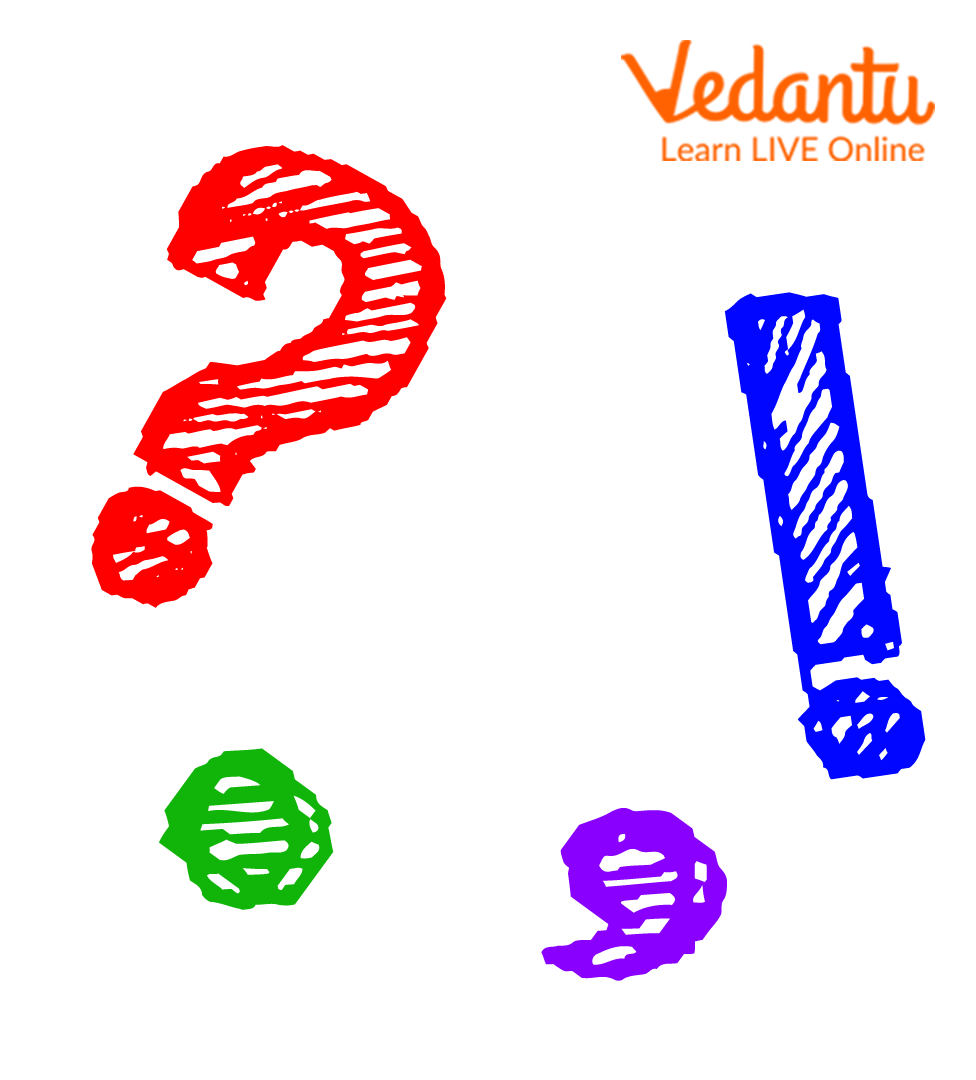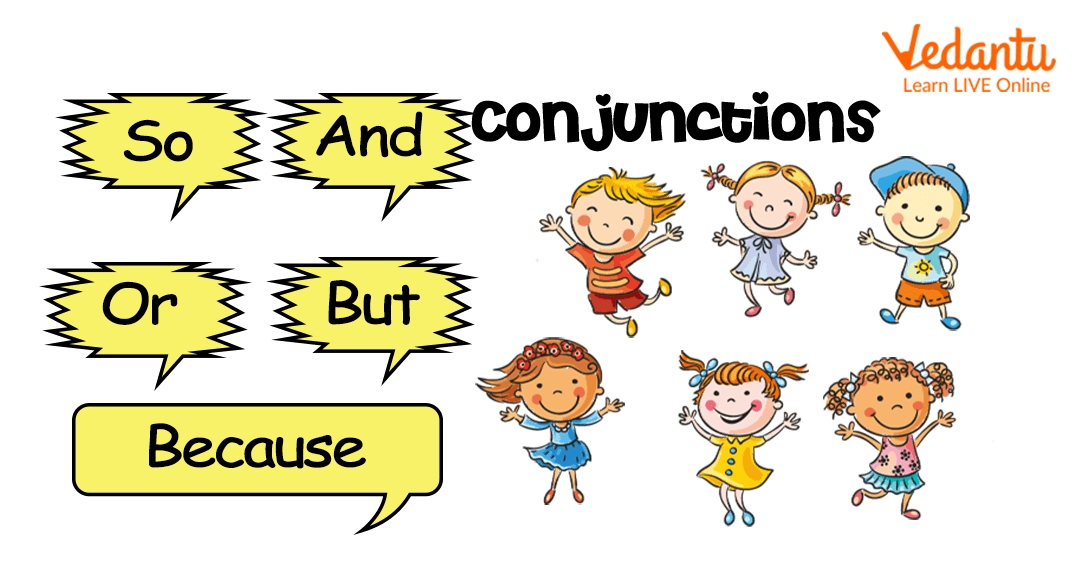




Essential Grammar Topics for Year 2 Success
In the learning phase of Grammer in year 2, children will be introduced to the use of a range of grammar and punctuation in their writing. The knowledge of correct use of punctuations and grammar is important for kids. Learning in the initial phase is remembered for a long time.
In this article, we will discuss what a kid of age group of 6-7 years should know.
Grammar for Kids of Age Group 6-7 Years
The concepts of grammer that a 6-7 age kid is required to know are discussed below in detail.
1. Use of Capital Letters and Punctuation Marks (Full Stops, Question Marks and Exclamation Marks)
Using capital letters at the beginning of sentences and at the first letter of a person name, place etc.
Full stop is used in a sentence at the end of a statement.
Question mark is used in those sentences where a question is asked. It is used at the end of a sentence. The symbol of the question mark is ‘?’.
An exclamation mark is used at the end of an exclamation sentence. Exclamation sentences are those that show a sudden surprise, emphasis, humour or strong emotion. The sign of exclamation mark is ‘!’.

Punctuation Marks
2. Knowledge of the Four Types of Sentences
There are four types of sentences that a kid should be aware of. These are statements, questions, exclamations and commands.
A statement is a type of sentence that shares information or an opinion.
Example: Mary is cooking food.
A question is a sentence where a question is being asked. Sentences containing a question is always punctuated with a question mark at the end.
Example: Who is in my room?
An exclamation expresses the feeling of fear, astonishment, surprise, sadness or joy. An exclamatory sentence contains an exclamation mark.
Example: What a beautiful sight it is!
A command is sometimes called a directive. These are the sentences that states facts, order or command.
Example: Sit down.
3. Use of Commas (,) To Separate Different Items in a List
Kids should also be able to separate items in a list where there are more than two items in a list. All the different items should be separated by a comma.
For example: He bought pen, pencil, rubber and copy.
4. Use of a Range of Conjunctions
A conjunction is a word that links two words or phrases together. ‘And’, ‘but’, and ‘because’ are conjunction that is used to join words or sentences. In year 2 grammar, a child might use these words to make longer sentences.
Example: ‘Addy bought a bat and ball’.
5. Use of Suffix
Nouns are defined as the words used to name people, places and things.
For example: Apple, Rohan, Delhi etc. all are nouns.
A suffix is a group of letters that is added at the end of a word to change the meaning of the word. The suffix is used when we need to change a word into a noun. For example: ‘Run’ is a verb. When you add suffix at the end, it becomes ‘runner’ which is a noun.
Conclusion
The above article will be helpful for kids to learn the basic concepts that they should know in learning year 2 grammar. It will be also helpful for the parents and teachers as they will get an idea of what they should teach to kids.
FAQs on Master Year 2 Grammar: Key Skills for 6-7 Year Olds
1. How to teach grammar to a kid?
The basic grammar concepts can be easily understood by kids. Kids are always eager to learn. So, we can teach them grammar by encouraging them to read and write. Reading and writing are the best way to understand the use of concepts of grammar. We can play some games where we teach them concepts of grammar.
2. What concepts of grammar should be taught to a 6-7-year-old child?
A 6-7-year-old child must be aware of the use of punctuations, articles, types of sentences, use of a suffix, conjunctions, nouns etc. But these concepts should be taught one by one so that children can grab all the concepts easily.





















